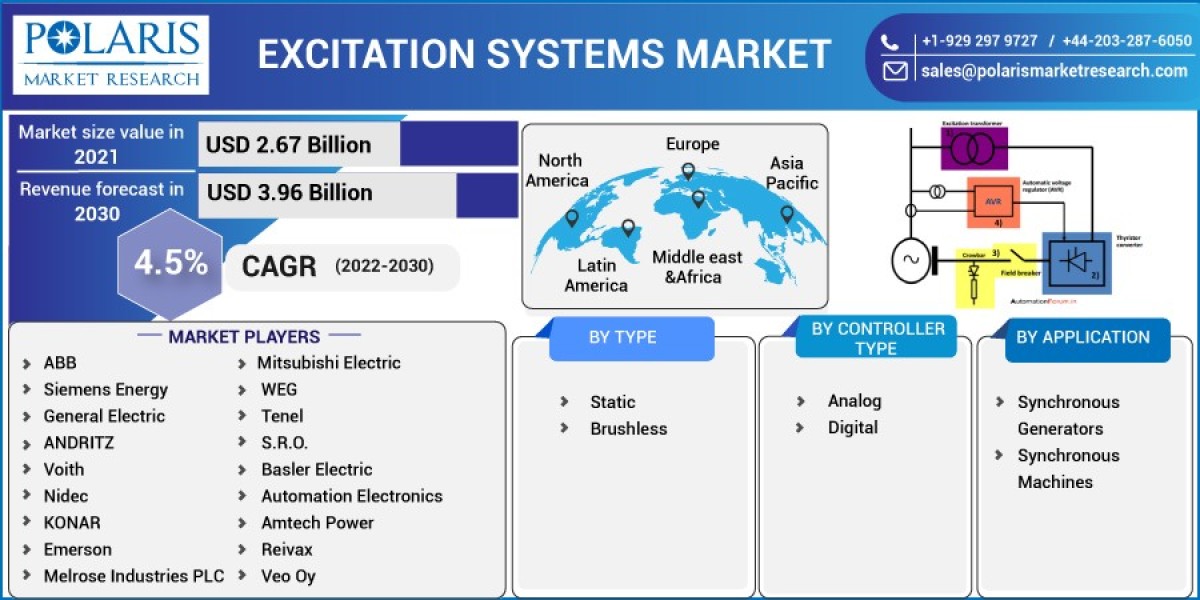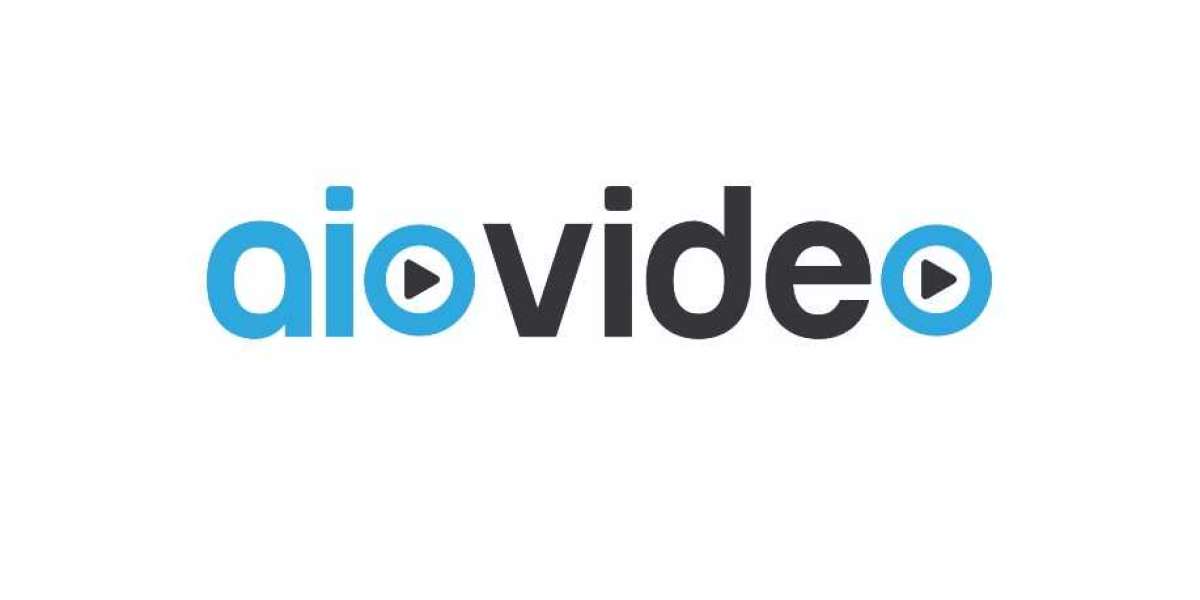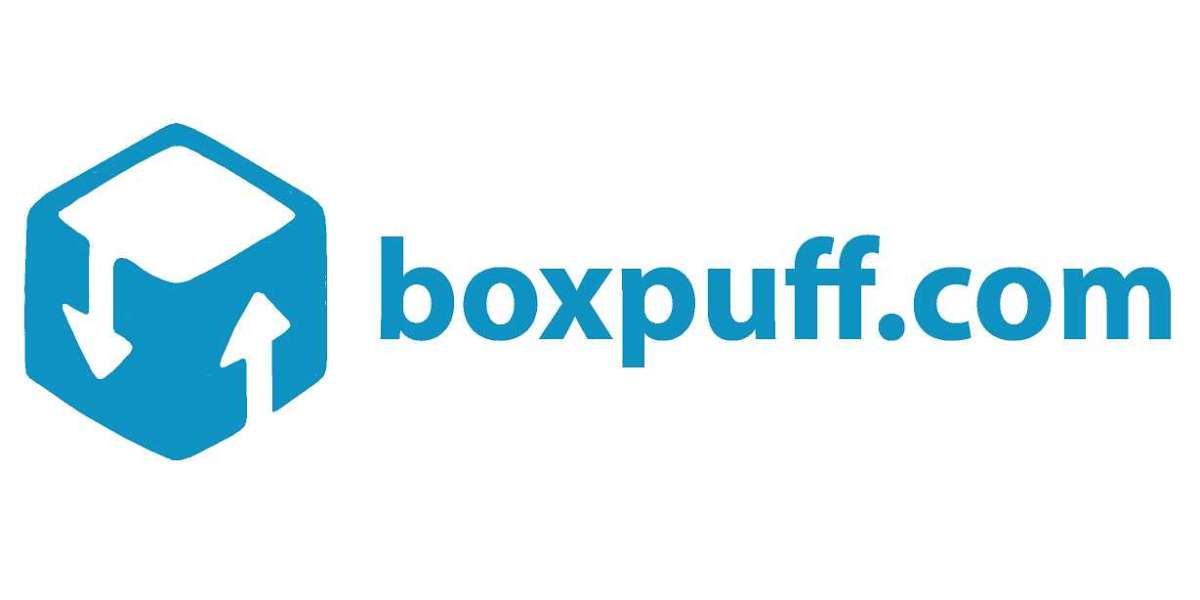Introduction
In today's fast-paced digital world, email is still king when it comes to communication. Whether you're sending a confirmation of purchase or notifying your customers about a newly released product, transactional emails are an essential part of any business strategy. However, creating attention-grabbing content for these types of emails can be tricky. Fear not! In this post, we'll share some tips and tricks for crafting effective content that will leave your readers engaged and satisfied. So buckle up and get ready to improve the way you communicate with your customers!
What is a transactional email?
A transactional email is an email that is sent as a result of an action taken by the recipient. They can be triggered by a variety of actions, such as signing up for a service, making a purchase, or requesting information.
The most important thing to keep in mind when creating transactional emails is that they must be relevant and useful to the recipient. The message should be clear and concise, and it should provide all the information the recipient needs.
It's also important to remember that transactional emails are not promotional in nature, so avoid including any marketing messages or calls to action. These types of emails should only be used to communicate essential information to the recipients.
Why are transactional emails important?
Transactional emails are important because they provide your customers with information about their purchase, shipping status, and account activity. By including transactional email content in your email marketing strategy, you can improve customer retention and loyalty.
When creating transactional email content, it is important to keep the following tips in mind:
1. Keep it relevant - Include only information that is relevant to the transaction at hand.
2. Keep it concise - Get to the point quickly so that your customers can easily digest the information.
3. Use a clear and concise subject line - This will help ensure that your email is opened and read by your customer.
4. Use strong calls to action - Encourage your customers to take action with clear and concise calls to action.
Tips for creating effective transactional email content
- Keep it short and sweet: Transactional emails are not the time or place for long, drawn-out content. Keep your message brief and to the point so that recipients can quickly digest the information and take action as needed.
2. Use clear and concise language: Avoid using jargon or technical terms in your transactional emails. Stick to straightforward language that recipients will be able to understand at a glance.
3. Get to the point: Don’t waste time with small talk or fluff in your transactional emails – get straight to the point so recipients can take action as quickly as possible.
4. Use strong calls to action: Tell recipients exactly what you want them to do next, whether it’s clicking on a link, downloading a file, or making a purchase. Use strong verbose and make sure your call to action stands out from the rest of your email content.
5. Include all relevant information: Be sure to include all relevant information in your transactional emails so that recipients have everything they need to take action. This may include links, phone numbers, order details, etc.
Which is the best service to send transactional emails? Check out here
Best practices for email content
When it comes to email content, there are a few best practices to keep in mind to ensure your messages are effective. First and foremost, keep your message clear and concise. Your recipients should be able to understand what you’re trying to say without having to sift through a lot of unnecessary text.
In addition, make sure your email content is relevant to the specific transaction or interaction that prompted the message. Generic or irrelevant messages will quickly lose your reader’s attention. And finally, don’t forget to include a call-to-action (CTA) so recipients know what you want them to do next. Without a CTA, your email may just end up being forgotten about entirely.
By following these simple best practices, you can ensure that your transactional emails are both effective and well-received by your readers.
Subject lines
The subject line is the first thing your recipient will see when they open your email, so it's important to make sure it's effective. Here are some tips for creating effective subject lines for transactional emails:
- Keep it short and to the point: The subject line should be no more than 50 characters long.
- Use keywords wisely: Keywords can help improve your open rate, but using too many of them will make your subject line seem spammy. Choose your keywords carefully and use them sparingly.
- Personalize the subject line: Addressing your recipient by name in the subject line is a great way to personalize an email and make it more likely to be opened.
- Use actionable language: Actionable language in the subject line (e.g., "Buy now!" or "Download now!") can be very effective in getting recipients to open and take action on your email.
Calls to action
Your transactional emails should always include a call to action (CTA). Without a CTA, your email is simply taking up space in your recipients' inboxes. A CTA gives your recipients something to do after reading your email, such as visit your website, buy a product, or sign up for a service.
To create an effective CTA, keep the following tips in mind:
1. Make it clear what you want your recipient to do. Your CTA should be concise and easy to understand. Avoid using technical jargon or long, complicated sentences.
2. Use strong verbs that convey a sense of urgency. For example, "sign up now," "order today," or "learn more."
3. Create a sense of urgency by offering limited-time discounts or promotions. For example, "For a limited time, get 20% off your purchase."
4. Use actionable language that speaks to the recipient directly. For example, "You can get started on our website in just minutes."
5. Include a CTA in every email you send. Don't assume that your recipients will know what to do next without being told explicitly.
Conclusion
Transactional emails are a great way to keep your customers engaged and informed. We hope that the tips we have outlined in this article will help you create effective content for your transactional emails. By creating meaningful, personalised messages and using persuasive language, you can ensure that these kinds of emails offer value to both current and potential customers. Use these tips to make sure all of your transactional emails are as effective as possible!







